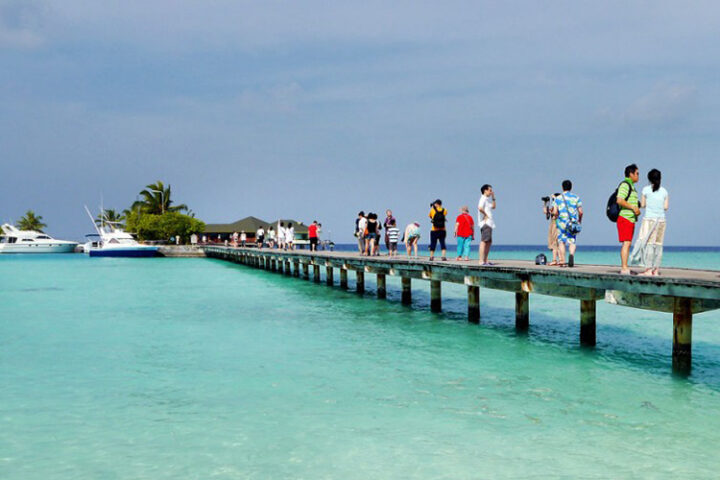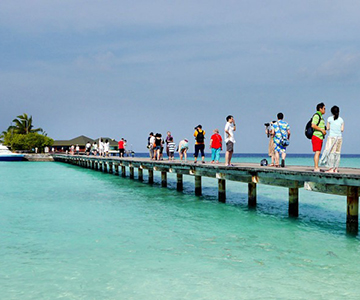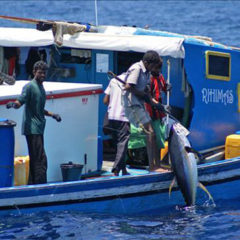
MMA’s Monthly Economic Review: tourist arrivals up by 7% in March, overall occupancy down
[vc_row full_width=”” parallax=”” parallax_image=”” bg_type=”” parallax_style=”” bg_image_new=”” layer_image=”” bg_image_repeat=”” bg_image_size=”” bg_cstm_size=”” bg_img_attach=”” parallax_sense=”” bg_image_posiiton=”” animation_direction=”” animation_repeat=”” video_url=”” video_url_2=”” u_video_url=”” video_opts=”” video_poster=”” u_start_time=”” u_stop_time=”” viewport_vdo=”” enable_controls=”” bg_override=”” disable_on_mobile_img_parallax=”” parallax_content=”” parallax_content_sense=”” fadeout_row=”” fadeout_start_effect=”” enable_overlay=”” overlay_color=”” overlay_pattern=”” overlay_pattern_opacity=”” overlay_pattern_size=”” overlay_pattern_attachment=”” multi_color_overlay=”” multi_color_overlay_opacity=”” seperator_enable=”” seperator_type=”” seperator_position=”” seperator_shape_size=”” seperator_svg_height=”” seperator_shape_background=”” seperator_shape_border=”” seperator_shape_border_color=”” seperator_shape_border_width=”” icon_type=”” icon=”” icon_size=”” icon_color=”” icon_style=”” icon_color_bg=”” icon_border_style=”” icon_color_border=”” icon_border_size=”” icon_border_radius=”” icon_border_spacing=”” icon_img=”” img_width=”” ult_hide_row=”” ult_hide_row_large_screen=”” ult_hide_row_desktop=”” ult_hide_row_tablet=”” ult_hide_row_tablet_small=”” ult_hide_row_mobile=”” ult_hide_row_mobile_large=””][vc_column width=”1/1″][vc_column_text]
 Total tourist arrivals during March 2015 reached 112,427, reflecting a 7% increase compared to March 2014, according to the Maldives Monetary Authority’s (MMA) Monthly Economic Review (May 2015, Volume 9 Issue 5), published on May 31st. The annual increase in arrivals was attributed to a growth in tourist arrivals from Europe and China.
Total tourist arrivals during March 2015 reached 112,427, reflecting a 7% increase compared to March 2014, according to the Maldives Monetary Authority’s (MMA) Monthly Economic Review (May 2015, Volume 9 Issue 5), published on May 31st. The annual increase in arrivals was attributed to a growth in tourist arrivals from Europe and China.
This being said, a 7% decline was recorded in monthly terms. In addition, March 2015 saw total bed nights registered decrease by 3% in annual terms, as the average duration of stays declined from 6.4 to 5.8 days. Partly reflecting the decrease in total bed nights, the occupancy rate of the industry declined to 76% in March 2015 from 80% in March 2014.
The month of April was a very successful period for the fisheries industry. Despite a decrease in the volume of fish sold, the fisheries industry saw huge gains from exports in the month of April. The volume of fish purchased decreased to 6,134.6 metric tonnes registering an annual decline of 11%. However, compared to the previous month, fish purchases rose by 86%. As for the volume of fish exports, it rose by 17% in annual terms, owing to the significant growth in fresh, chilled or frozen tuna exports. Reflecting the increase in the volume of fish exports, earnings from fish exports rose by 12% in annual terms.
The review also states that the rate of inflation (measured by the annual percentage change in the consumer price index [CPI] for Male’) accelerated to 1.7% in April 2015 from 1.1% in March 2015. The pick-up in inflation during the month was mostly contributed by the growth in fish prices and prices charged for housing rent.
 According to the monthly government revenue and expenditure data for March 2015, total revenue (excluding grants) rose by MVR482.3 million in annual terms and amounted to MVR1.6 billion during the month. Meanwhile, total expenditure rose by MVR124.6 million and amounted to MVR1.6 billion in March 2015. The increase in total revenue during March 2015 was mainly due to the growth in tax revenue which rose by MVR381.3 million, which the review credits to the increase in tourism goods and services tax and import duty.
According to the monthly government revenue and expenditure data for March 2015, total revenue (excluding grants) rose by MVR482.3 million in annual terms and amounted to MVR1.6 billion during the month. Meanwhile, total expenditure rose by MVR124.6 million and amounted to MVR1.6 billion in March 2015. The increase in total revenue during March 2015 was mainly due to the growth in tax revenue which rose by MVR381.3 million, which the review credits to the increase in tourism goods and services tax and import duty.
At the end of April 2015, gross international reserves registered an increase of 53% on annual terms and stood at US$664.7 million, of which usable reserves amounted to US$204.4 million.
The bilateral exchange rates of the rufiyaa appreciated in annual terms against the euro, the sterling pound, the Singapore dollar, the Indian rupee and the Sri Lankan rupee. The rufiyaa appreciated in monthly terms against the Indian rupee while it depreciated against the Singapore dollar, the sterling pound and the euro. It remained largely unchanged against the Sri Lankan rupee in monthly terms.
[/vc_column_text][/vc_column][/vc_row]





